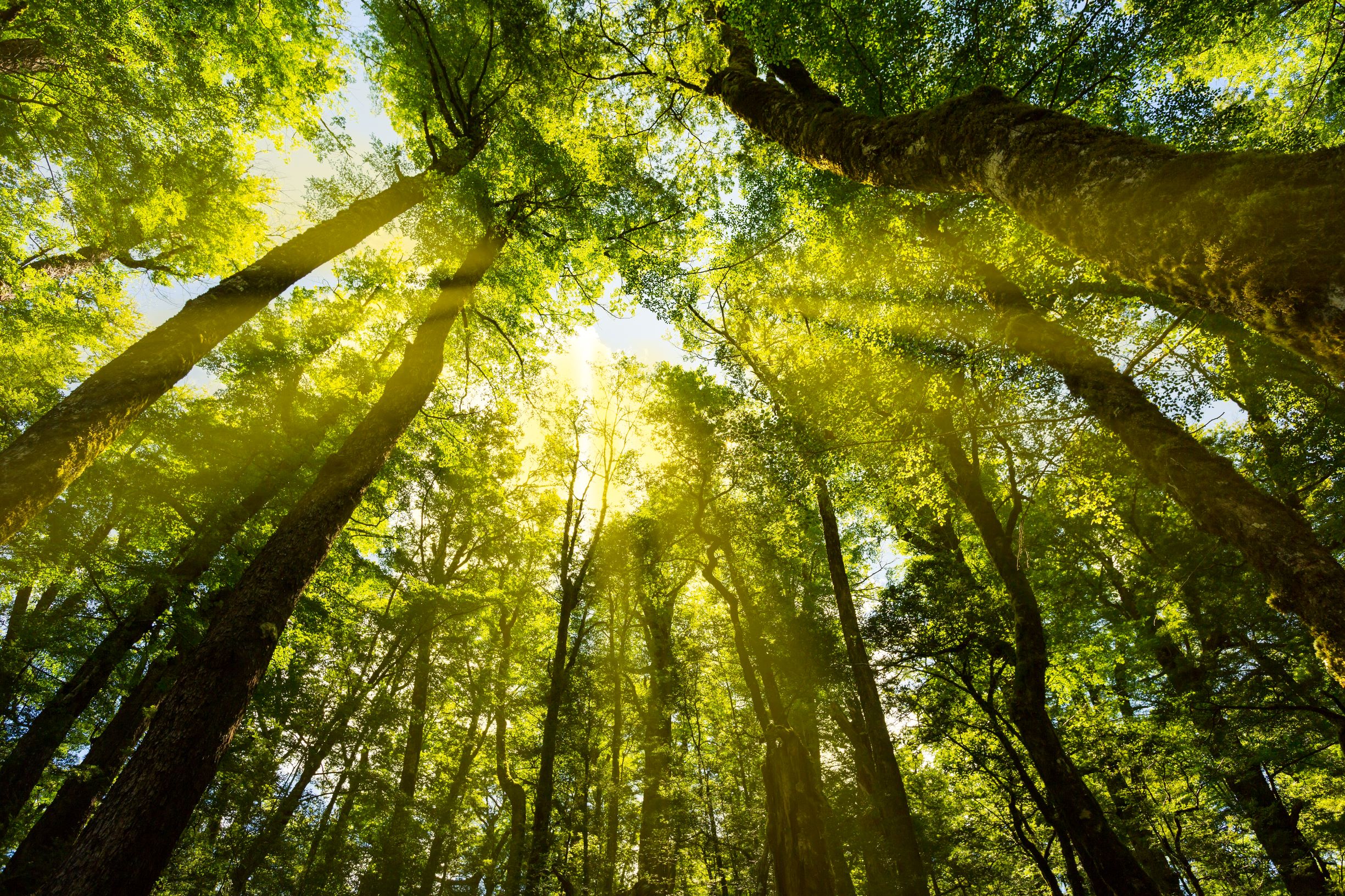Forest harvest plans
A harvest plan is needed for any harvest activity and helps the harvest crew. The plan includes maps, site information, environmental requirements, and health and safety requirements.
Who completes the harvest plan?
If you engage a harvest manager, they'll complete the plan for you. If you're managing the harvest activity yourself, you need to complete it.
Farm Forestry New Zealand provides an overview of what's required to make a harvest plan, and information on the machinery and systems used during a harvest.
Before you start your plan

Harvest plan requirements
The details that need to be in a harvest plan are set out in the National Environmental Standards for Commercial Forestry (NES-CF), and include:
- the harvesting method (for example, ground based or hauling)
- the harvest timeline
- harvest management practices, including slash and waste management
- where roading infrastructure, landings and skid sites need to be constructed
- how you will mitigate any environmental impacts of earthworks.
The full details of what to include in a harvest plan are in Schedule 6 of the NES-CF.
Permitted activity conditions: harvest plans NES-CF – NZ Legislation
The New Zealand Forest Owners Association have forest practice guides to help foresters make plans to a good standard.
Forest practice guides – New Zealand Forest Owners Association
Harvesting regulations
The NES-CF contains harvesting regulations, including:
- when resource consent is required for harvesting
- when to notify your council
- how to mitigate any environmental impacts of harvesting
- what needs to be included in your harvest plan.
Environmental impacts of harvesting
You can minimise environmental impacts during harvesting by using a good harvest plan.
How infrastructure impacts your harvest plan
Any earthworks including road widening and realignment will need a forestry earthworks management plan. The details that need to be in a forestry earthworks management plan are in the NES-CF.
Your plan should include how you are going to build your infrastructure. This should be done well before harvesting to let earthworks settle.
Access points
Your harvest plan should make clear where access points are for harvest crews. They will need to know about things like:
- stock movements, such as milking or lambing, that may impact harvest times or truck access
- if gateways need widening and if that will be temporary or permanent
- if any fences need replacing or repairing.
If you have existing infrastructure
You also need to think about how existing infrastructure will impact harvest crews, such as:
- overhead power lines
- buried lines
- water pipes
- farming culverts.
Culverts for farming often need to be upgraded to be the right size and strength for forestry operations.
Before they start working, ask the harvest manager or contractor if any infrastructure needs to be removed or may be damaged. This could include fences, gates, troughs, waterlines and assorted farming equipment.
Health and safety requirements for harvest plans
Your harvest plan should include health and safety requirements. Harvesting is a high hazard environment for forestry workers. It's important you or your harvest manager know your obligations under the Health and Safety at Work Act 2015.
All parties should agree on an emergency evacuation point. It should be identified on all maps and harvest documentation with latitude and longitude coordinates.
WorkSafe health and safety guidance
Check out the WorkSafe website for health and safety information.
Watch out if you only harvest part of your forest
Harvesting may be interrupted due to the weather or a downturn in the log market. If this happens, the trees near the harvest area are more susceptible to blowing over (windthrow). In this case, a fungus called sapstain may infect the wood, lowering the grade of the log. This is called downgrading, or degradation.
Pruned logs are at high risk of being downgraded because they are used for appearance grade timber. Downgraded pruned logs will be re-graded as sawlog. If sapstain is really severe, the logs could be downgraded to the lowest log grade – pulp.